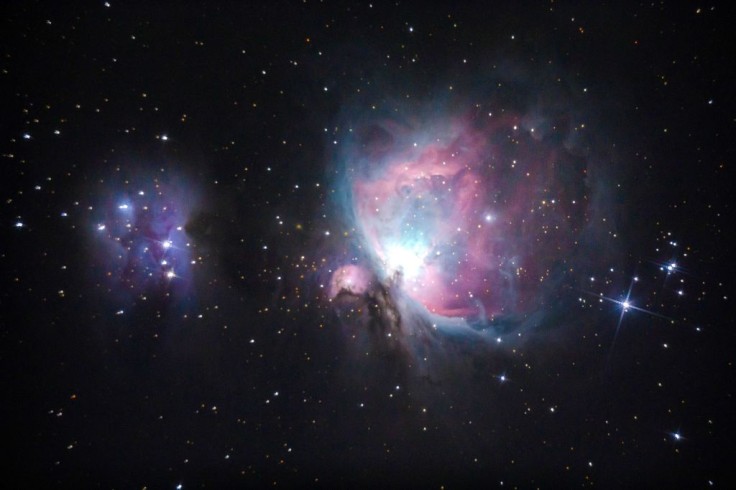
The Hubble telescope has captured a breathtaking image of the Orion Nebula and NASA shared the photo on Instagram. Find out how Hubble's Advanced Camera for Surveys was able to take such a magnificent shot.
The Orion Nebula Hubble Telescope Image
NASA shared the dramatic image of the Orion Nebula which was taken from January 2006 on Instagram. It is the sharpest view ever taken of this region of space, with more than 3,000 stars of various sizes captured in this image. Some of these stars have never even been seen in visible light.
The Orion Nebula is the nearest star-forming region to Earth, a dramatic dust-and-gas landscape with formations similar to plateaus, mountains and valleys. Different stages of star formation can be found in the Orion Nebula, from massive young stars that make the bulk shape of the nebula, to the pillars of dense gas that could be the homes of stars just about to take shape.
To travel to the Orion Nebula is a 1,500 light-year journey.
To arrive at this final image, astronomers used 520 Hubble images, taken in five colors, NASA explained. Ground-based photos were added to fill out the nebula. The observations of the Orion were taken between 2004 and 2005.
The mosaic of observations the Advanced Camera for Surveys or ACS captured covers approximately the apparent angular size of the Full Moon, NASA added.
The image shared on the official NASA Instagram account has since received over 904,000 likes and more than 2,700 comments, Mashable said.
Read also: Delta Aquariids Meteor Shower 2021: Watch Heavenly Event With a Virtual Telescope, Live Stream!
The Advanced Camera for Surveys on the Hubble Space Telescope
The Advanced Camera for Surveys or ACS is the observatory's most heavily used instrument.
The ACS took the 520 observations to make the composite image of the sharpest view of the Orion Nebula. It was installed on the Hubble Space Telescope back in 2002 during Servicing Mission 3B, NASA said.
Primarily designed to survey large areas of the sky at visible and red wavelengths, the ACS was made to offer 10 times the efficiency of Hubble's previous premier camera, the Wide Field Planetary Camera 2 (WFPC2).
The ACS helped astronomers examine not only our own solar system neighborhood but what lies beyond in the distant universe.
It was also the ACS that captured the most detailed images of the dwarf planet Pluto. What it revealed was an icy, mottled, dark molasses-colored world undergoing seasonal surface and brightness changes, NASA shared.
It's #NationalCameraDay! Hubble has many cameras that help it observe the universe, including the Advanced Camera for Surveys (ACS). ACS was installed on Hubble in 2002 and has taken many of Hubble's iconic images: https://t.co/Bc8V5aehQp pic.twitter.com/eJjwj5lWyN
— Hubble (@NASAHubble) June 29, 2018
The ACS has three independent channels that allow for it to capture observations at varying depths and distances. These include the Wide Field Channel (WFC), the High-Resolution Channel (HRC), and the Solar Blind Channel (SBC).
The WFC is the ACS' workhorse, responsible for 70 percent of the pre-2007 ACS science. The SBC was designed to provide a small field-of-view imaging focused on the far ultraviolet region of the spectrum. The HRC provided ultra-sharp views over a smaller field of view, NASA explained.
Unfortunately, a January 2007 electronics failure rendered the WFC and HRC inoperable and left the HRC unrepairable after Astronauts tried fixing both channels during Servicing Mission 4.









